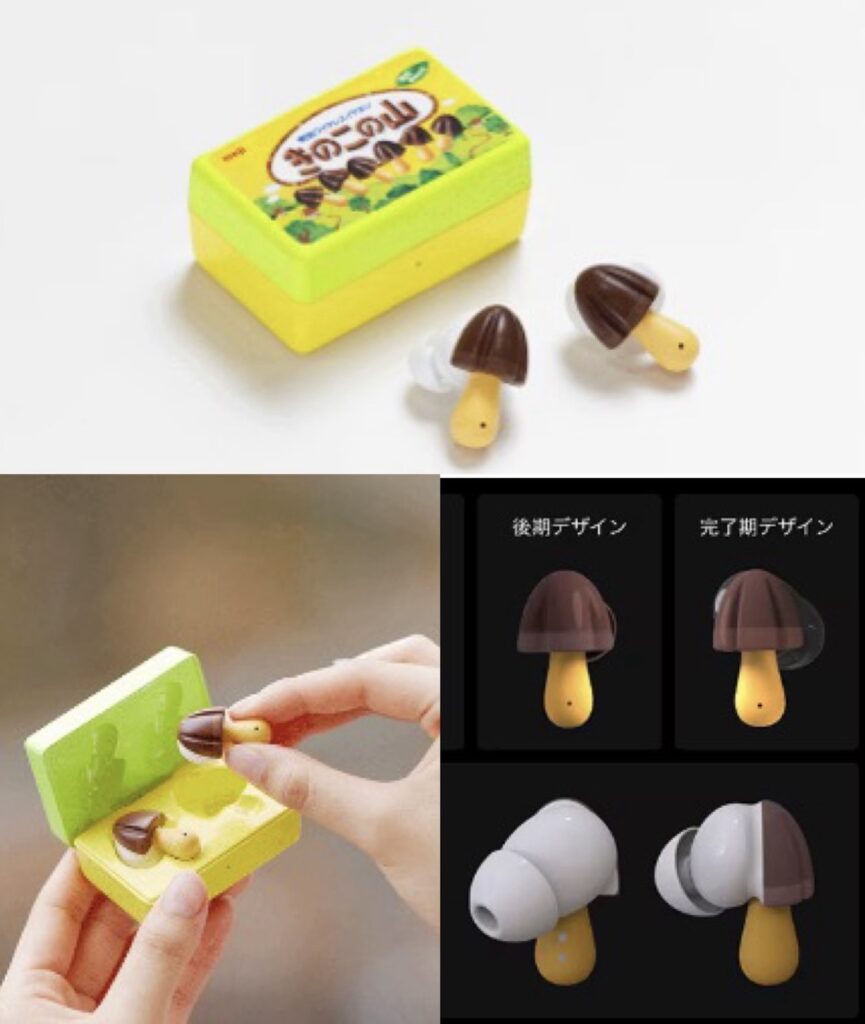
Japanese food company Meiji has released a limited number of 3,500 wireless earphones, which are modeled after the shape of the popular snack “Kinokonoyama” from 12:00 on the 26th. The product was released at a high price of 29,800 yen (about $215), including VAT, but it was reportedly sold out within 10 minutes of release. On the local social network service (SNS) in Japan, reactions such as “I was waiting to buy it, but I failed,” and “It’s sold out for 10 minutes.” Kinokonoyama is a snack that Orion launched in 1984, and has been loved by the Japanese people for a long time as it was launched in the 1970s by the Japanese food company Meiji. This limited edition is a real product of the image of “Kinokonoyama Wireless Earphones,” which Meiji introduced on its official SNS in July last year under the theme of “Unlikely Miscellaneous Goods.” At that time, Meiji showed a wireless earphone that resembled a chocolate mushroom and a case image that reproduced the packaging of the actual Kinokonoyama snack box. This product was only a virtual image and was not officially released, but requests for release were flooded with explosive reactions not only in Japan but also in Korea due to its cute appearance.

In response to such consumer response, Meiji released a limited edition after a seven-month development period. The product can be used to listen to music or make regular calls, just like ordinary wireless earphones. It also has an automatic translation function that translates real-time into 74 languages and 70 dialect accents around the world. Weatherly Japan, who is in charge of the earphone-type real-time artificial intelligence (AI) translator WooAsk, collaborated on the development and production of the product. However, with the launch, there were concerns that actual children could eat or swallow because of the shape that looks just like a snack. Since wireless earphones became popular in popularization, accidents have occurred frequently, and critics point out that if they are shaped like chocolate mushrooms, children are more likely to mistake them for eating, which could lead to further increases in accidents.
SALLY LEE
US ASIA JOURNAL



